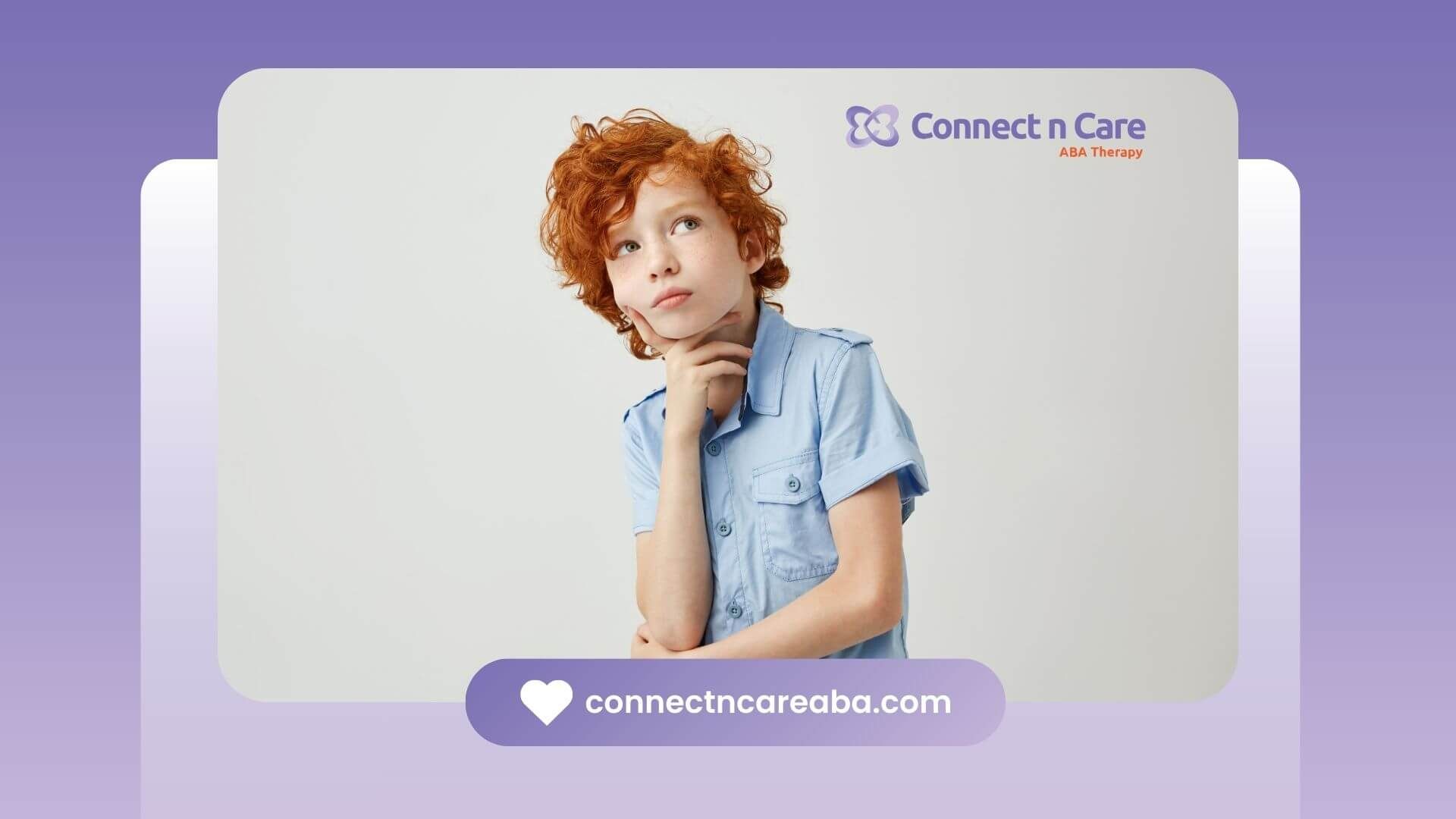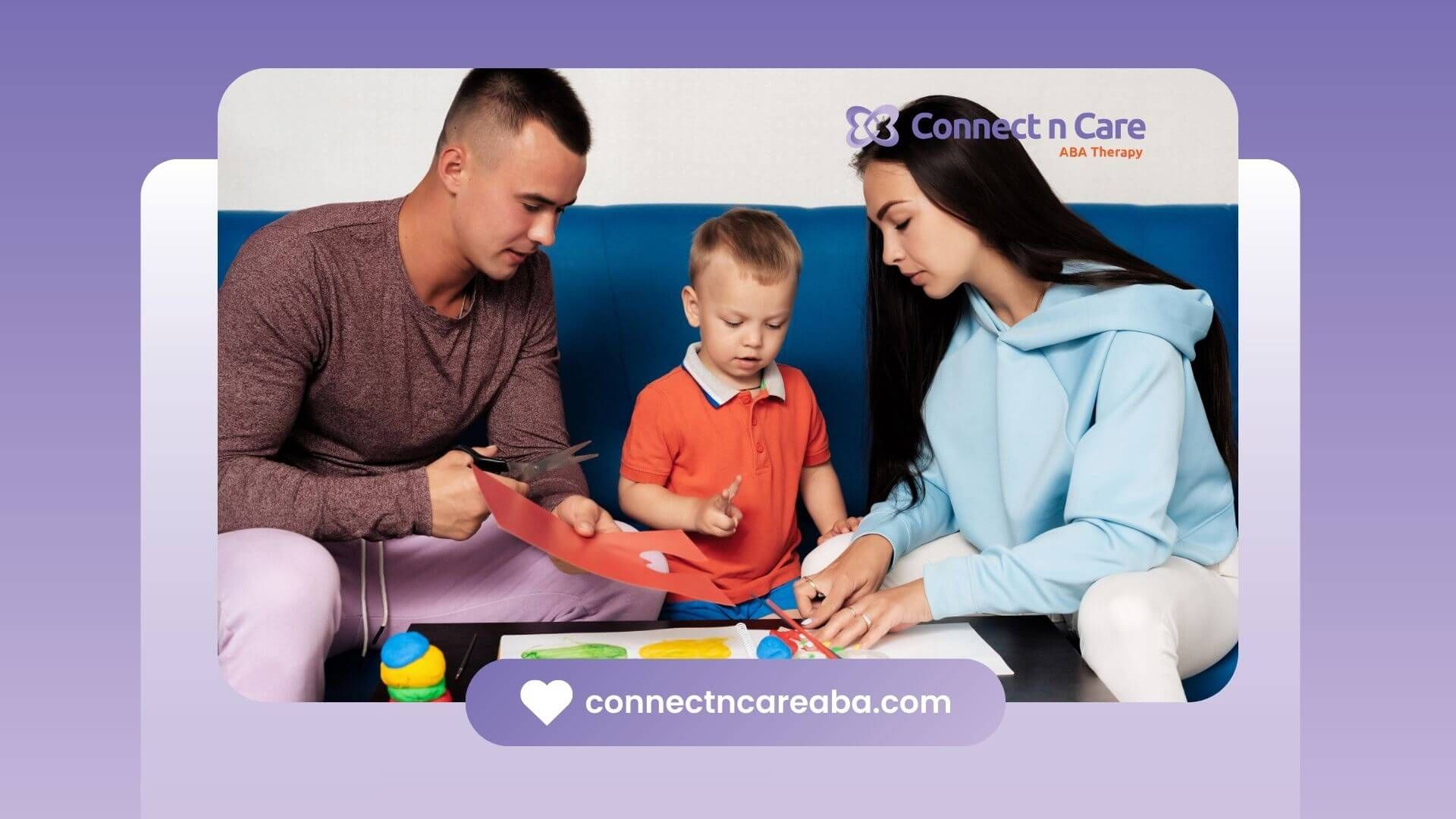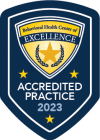Many signs of autism in adults go unrecognized, especially when individuals learn to mask key characteristics. Imagine someone attending a crowded family gathering yet feeling disconnected from the conversations around them. Recent estimates indicate that about 2.2 percent of adults meet criteria for Autism Spectrum Disorder and diagnosis rates among 26- to 34-year-olds soared by 450 percent from 2011 to 2022 (Harvard Health Publishing). Recognizing these overlooked indicators can guide families, therapists, and educators toward timely support and resources.
This article reviews core traits, gender differences, co-occurring conditions, and pathways to formal assessment for adult autism.
Understanding Adult Autism
Definition And Diagnostic Age
Autism Spectrum Disorder (ASD) describes a range of neurodevelopmental differences characterized by challenges in social communication and restricted or repetitive behaviors. Although many diagnoses occur in early childhood, a significant number of individuals do not receive identification until adulthood. Diagnostic criteria remain consistent across ages, but life experiences and learned coping strategies can mask core traits.
Prevalence And Late Diagnoses
Global prevalence of ASD rose from 0.62 percent in 2012 to 1.0 percent in 2021, reflecting both increased awareness and expanded screening (Cureus). In the United States, approximately one in 45 children is diagnosed with ASD, while adult diagnosis rates continue to climb. Delayed recognition may stem from milder presentations, lack of specialist referrals, and tools originally designed for children.
Key Signs Of Autism In Adults
Social Communication Difficulties
Adults on the spectrum often navigate conversation differently. Common indicators include:
- Literal interpretation of language, leading to misunderstandings in figurative speech
- Difficulty initiating or sustaining back-and-forth dialogue
- Challenges reading nonverbal cues such as facial expressions or tone of voice
These traits can complicate workplace interactions and social relationships.
Restricted And Repetitive Behaviors
Restricted and repetitive behaviors or interests (RRBIs) serve as self-regulating mechanisms. Examples include:
- Rigid adherence to routines or rituals
- Intense focus on specific topics or hobbies
- Repetitive movements such as rocking or hand-flapping
These patterns can provide comfort but may appear unusual to others.
Sensory Processing Differences
Sensory sensitivities often accompany ASD, expressing as either sensory seeking or avoidance. Adults may experience:
- Overwhelm from bright lights, loud noises, or strong odors
- A need for deep pressure or firm touch to feel grounded
- Preference for specific textures in clothing or food
Recognizing these differences supports adjustments in home, work, and educational environments.
Gender Differences In Detection
Masking And Camouflaging In Females
Females on the spectrum frequently learn to imitate social behaviors to blend in. This masking can involve memorizing conversational scripts or suppressing stimming behaviors. As a result, many autistic women and girls go undiagnosed until adulthood, having developed sophisticated social “performance” skills.
Diagnostic Bias And Screening Tools
Historically, screening measures were calibrated on male presentations of autism. The current diagnostic ratio stands at roughly four boys identified for every one girl, a disparity linked to social norms and research biases (Timian). Furthermore, tools such as the Modified Checklist for Autism in Toddlers (M-CHAT-R/F) target early childhood, leaving adult traits under-screened.
Co-occurring Mental Health Conditions
Anxiety And Depression
Adults with ASD face elevated rates of anxiety (11 percent vs five percent) and depression (20 percent vs seven percent) compared to neurotypical peers (Cureus). Social misunderstandings, sensory overwhelm, and masking demands contribute to heightened stress.
Sleep Difficulties And Stress
Sleep disturbances affect around 13 percent of autistic individuals versus five percent in the general population (Cureus). Insomnia and restless sleep can exacerbate emotional regulation challenges, making daytime functioning harder. Access to cognitive behavioral therapy and routine adjustments often yields improvements.
Impact Of Late Diagnosis
Emotional Effects Of Diagnosis
Receiving an autism diagnosis in adulthood often triggers a mix of relief and regret. Many adults report feelings of validation and reduced self-blame after understanding long-standing differences. Simultaneously, individuals may mourn missed opportunities for early support and social inclusion.
Benefits Of Formal Assessment
An official ASD diagnosis unlocks legal rights to vocational therapy, educational accommodations, and financial assistance. It also enables connection with support networks and specialized mental health services, improving long-term well-being.
Pursuing Assessment And Support
Professional Screening And Evaluation
Adult assessment typically begins with a clinical interview, followed by structured observations and standardized measures. Although many tools were initially developed for children, clinicians adapt methods such as the Autism Diagnostic Observation Schedule for adult presentations. Collaboration with psychologists, speech-language pathologists, and occupational therapists ensures a comprehensive evaluation.
Accessing Services And Therapies
After diagnosis, adults can access
Early engagement with these supports can foster greater independence and quality of life.
Building Self-Advocacy Skills
Empowering individuals to communicate needs enhances outcomes across settings. Practical strategies include:
- Developing personalized sensory toolkits with noise-cancelling headphones or fidget items
- Crafting simple scripts for workplace or social interactions
- Keeping a journal of triggers and coping techniques
These tactics encourage autonomy and self-awareness.
Conclusion
Adult autism often remains hidden behind layers of learned behaviors and societal expectations. By identifying core signs like social communication challenges, repetitive tendencies, sensory sensitivities, and understanding gender differences, families and professionals can support timely diagnosis. Co-occurring conditions like anxiety and sleep difficulties further underscore the need for comprehensive care. Formal assessment opens doors to targeted therapies, accommodations, and community resources that enhance well-being. Recognizing the overlooked signs of autism in adults represents a crucial step toward inclusion, understanding, and empowerment for those on the spectrum.
At Connect n Care ABA, we believe it’s never too late to seek understanding and support. Whether you’re exploring an autism diagnosis for yourself or a loved one, our ABA team in North Carolina provides compassionate guidance, personalized ABA strategies, and access to valuable community resources. Let’s take the next step together toward clarity and empowerment. Contact us today to learn more!
Frequently Asked Questions
Can autism go undiagnosed until adulthood?
Yes, many adults, especially women, mask their symptoms or develop coping strategies that make autism less noticeable. It’s common for people to receive a diagnosis later in life when social, work, or sensory challenges become more apparent.
What are the subtle signs of autism in adults?
Subtle signs may include social anxiety, difficulty maintaining eye contact, extreme focus on specific interests, sensory sensitivities (to noise, light, textures), and feeling “different” in social settings. These signs often vary by gender.
How is autism diagnosed in adults?
A formal assessment involves developmental history, interviews, and standardized tools conducted by qualified professionals. It helps rule out other conditions and leads to tailored support and accommodations.
SOURCES:
https://www.nhs.uk/conditions/autism/signs/adults/
https://www.autism.org.uk/advice-and-guidance/topics/diagnosis/before-diagnosis/signs-that-a-child-or-adult-may-be-autistic
https://udservices.org/adult-autism-support/
https://pmc.ncbi.nlm.nih.gov/articles/PMC10491411/
https://timian.co.uk/understanding-the-impact-of-undiagnosed-autism-in-adults/
https://pmc.ncbi.nlm.nih.gov/articles/PMC10251666/
https://www.health.harvard.edu/mind-and-mood/autism-the-challenges-and-opportunities-of-an-adult-diagnosis









